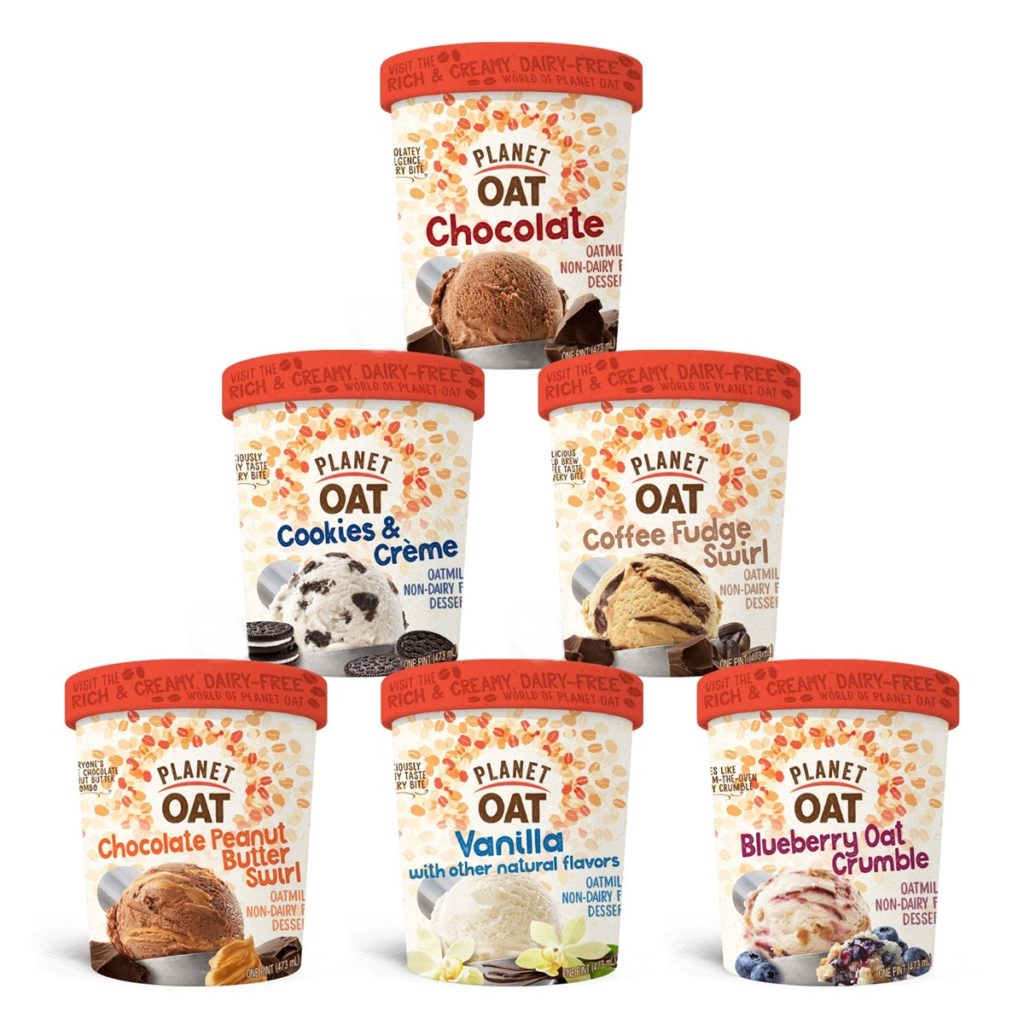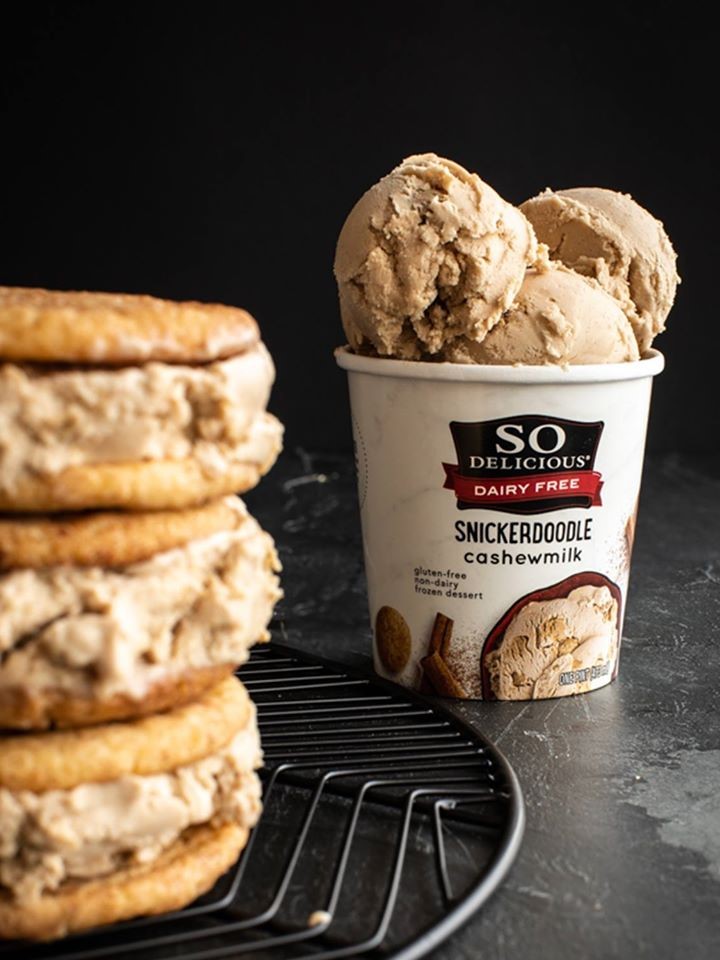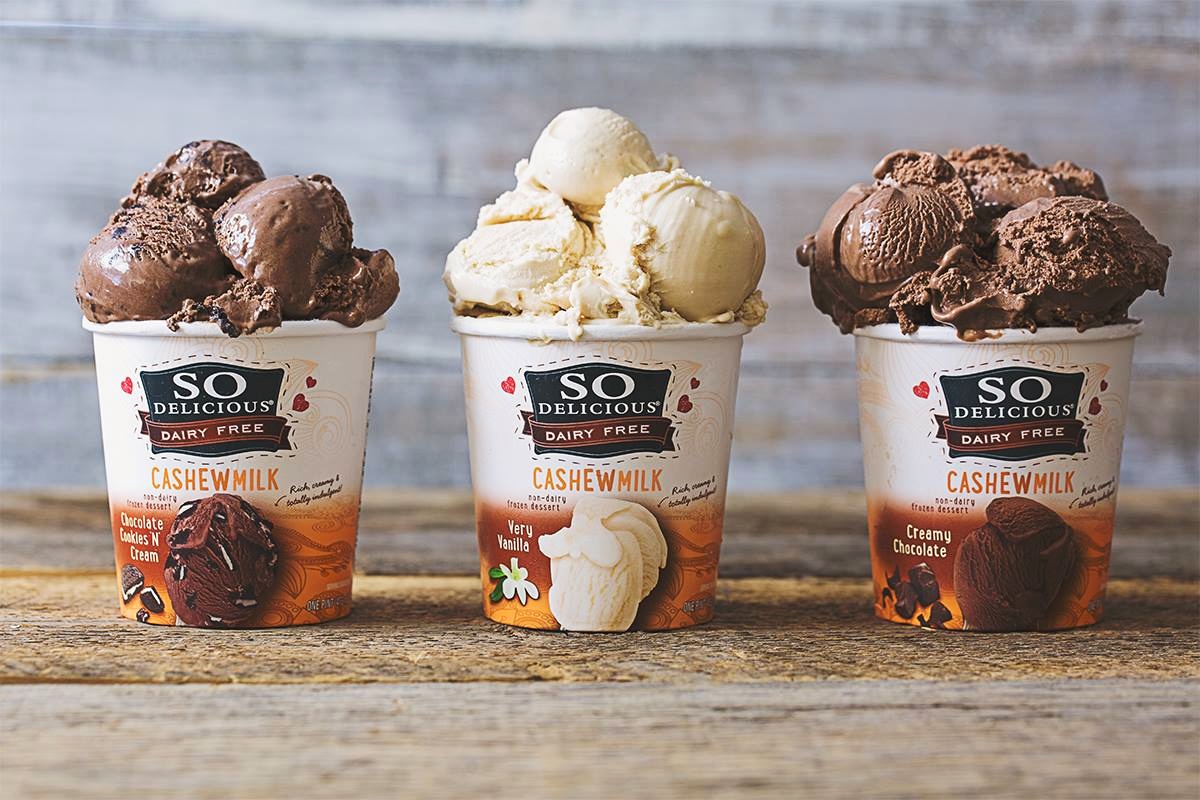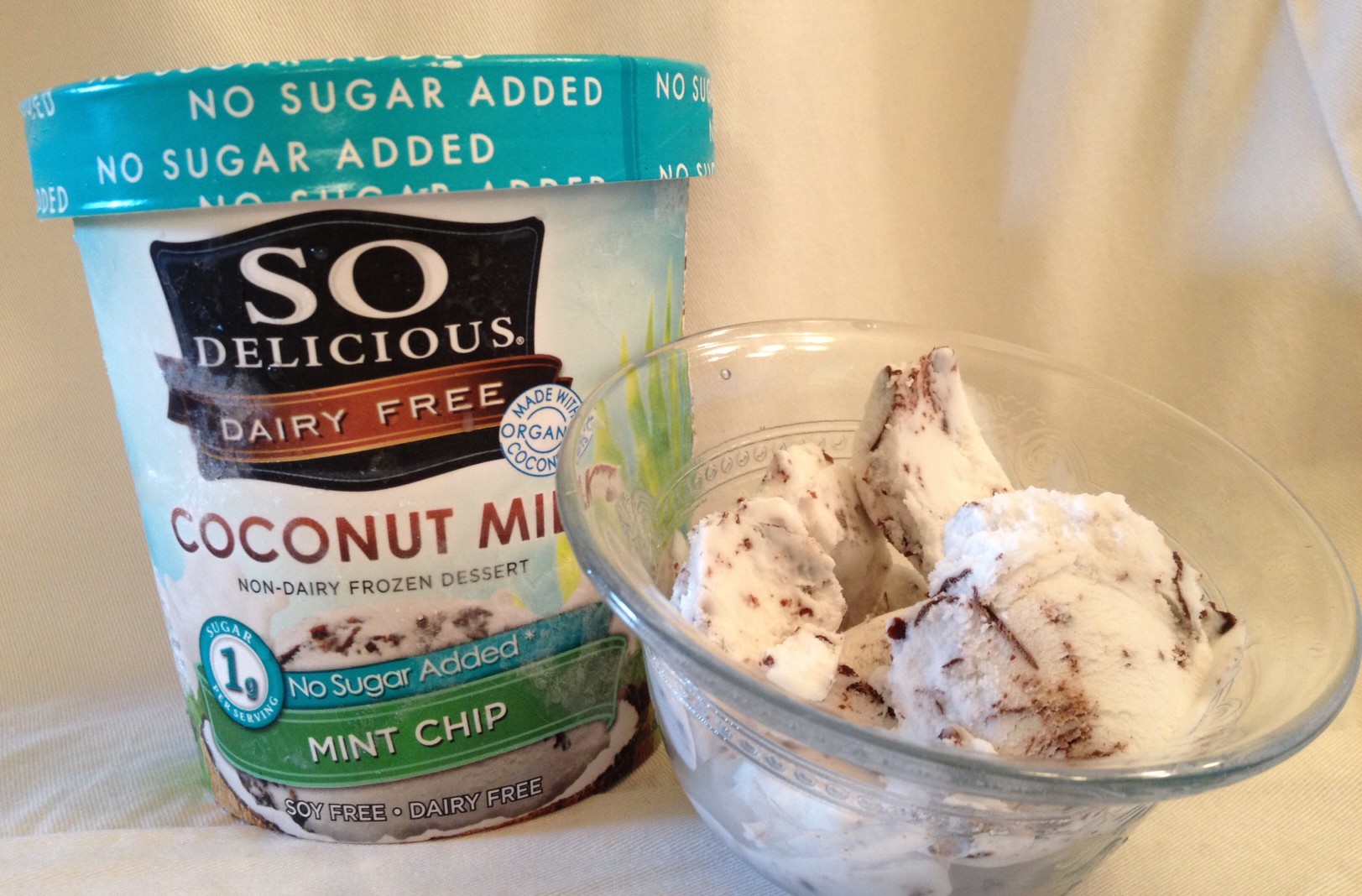A Guide To Non-Dairy Ice Cream: Exploring Delicious Alternatives
A Guide to Non-Dairy Ice Cream: Exploring Delicious Alternatives
A Guide to Non-Dairy Ice Cream: Exploring Delicious Alternatives
Introduction
In this auspicious occasion, we are delighted to delve into the intriguing topic related to A Guide to Non-Dairy Ice Cream: Exploring Delicious Alternatives. Let’s weave interesting information and offer fresh perspectives to the readers.
Table of Content

A Guide to Non-Dairy Ice Cream: Exploring Delicious Alternatives
The world of ice cream has expanded beyond the traditional dairy-based options, offering a diverse range of delicious alternatives for those seeking dairy-free indulgences. This shift reflects a growing awareness of dietary needs, preferences, and the increasing demand for plant-based foods.
Understanding Non-Dairy Ice Cream
Non-dairy ice cream, as the name suggests, does not contain any dairy products like milk, cream, or butter. Instead, it utilizes plant-based ingredients to create a creamy, frozen treat. These ingredients can include:
- Nuts: Almond, cashew, pecan, and peanut butter are popular bases for non-dairy ice cream, offering a rich and nutty flavor profile.
- Seeds: Sunflower and sesame seeds are often used as a base for non-dairy ice cream, contributing a subtle nutty flavor and a smooth texture.
- Soy: Soy milk and soy protein isolate are commonly used in non-dairy ice cream, providing a creamy texture and a neutral flavor that allows other flavors to shine.
- Coconut: Coconut milk and coconut cream are favored for their rich, tropical flavor and ability to create a smooth and creamy texture.
- Rice: Rice milk is a popular choice for those with allergies or intolerances to nuts and soy, offering a mild flavor and a creamy consistency.
- Oat: Oat milk is increasingly used in non-dairy ice cream, providing a slightly sweet flavor and a smooth, creamy texture.
The Benefits of Non-Dairy Ice Cream
Beyond its deliciousness, non-dairy ice cream offers several benefits:
- Dietary Restrictions: Individuals with dairy allergies or intolerances can enjoy the pleasure of ice cream without experiencing adverse reactions.
- Vegan Lifestyle: Non-dairy ice cream aligns with a vegan lifestyle, ensuring no animal products are used in its production.
- Health Considerations: Some individuals may find non-dairy ice cream a healthier option, as it can be lower in saturated fat and cholesterol compared to traditional dairy ice cream.
- Variety and Flavor: Non-dairy ice cream offers a wide range of flavors, from classic vanilla and chocolate to innovative fruit-based and vegan-specific creations.
Finding Non-Dairy Ice Cream Near You
Locating non-dairy ice cream near you is easier than ever. Many grocery stores and supermarkets have dedicated sections for non-dairy products, including a variety of ice cream brands and flavors. Additionally, specialty ice cream shops and cafes are increasingly offering non-dairy options on their menus.
Tips for Choosing Non-Dairy Ice Cream:
- Read the Label: Pay close attention to the ingredients list to ensure the ice cream is truly dairy-free and free from any allergens or ingredients you wish to avoid.
- Consider the Texture: Non-dairy ice cream can vary in texture, from smooth and creamy to slightly icy. Choose a texture that best suits your preferences.
- Experiment with Flavors: Don’t be afraid to try different flavors and brands to discover your favorites.
- Check for Added Sugars: Some non-dairy ice cream brands may contain added sugars, so be mindful of your sugar intake.
- Look for Organic Options: Opt for organic non-dairy ice cream if you prefer ingredients that are free from pesticides and herbicides.
Frequently Asked Questions about Non-Dairy Ice Cream
Q: Is non-dairy ice cream as good as traditional ice cream?
A: The taste and texture of non-dairy ice cream can vary depending on the brand and ingredients used. However, many non-dairy options are remarkably close to traditional ice cream in terms of flavor and creaminess.
Q: Is non-dairy ice cream healthier than traditional ice cream?
A: It depends on the specific brands and ingredients used. Some non-dairy ice cream options may be lower in saturated fat and cholesterol than traditional ice cream, but they may also be higher in sugar or contain added oils.
Q: Can I find non-dairy ice cream in a variety of flavors?
A: Yes, non-dairy ice cream is available in a wide range of flavors, from classic vanilla and chocolate to unique fruit-based and vegan-specific creations.
Q: Where can I find non-dairy ice cream near me?
A: Non-dairy ice cream is increasingly available in grocery stores, supermarkets, specialty ice cream shops, and cafes. You can also search online for local retailers that carry non-dairy ice cream.
Conclusion
Non-dairy ice cream has become a popular and accessible alternative for individuals seeking a delicious and satisfying frozen treat without dairy. Its increasing availability and diverse range of flavors make it an excellent option for those with dietary restrictions, those following a vegan lifestyle, or simply those seeking a refreshing and enjoyable dessert experience. As the demand for plant-based foods continues to grow, the world of non-dairy ice cream is sure to continue evolving, offering even more exciting and innovative options for everyone to enjoy.








Closure
Thus, we hope this article has provided valuable insights into A Guide to Non-Dairy Ice Cream: Exploring Delicious Alternatives. We thank you for taking the time to read this article. See you in our next article!